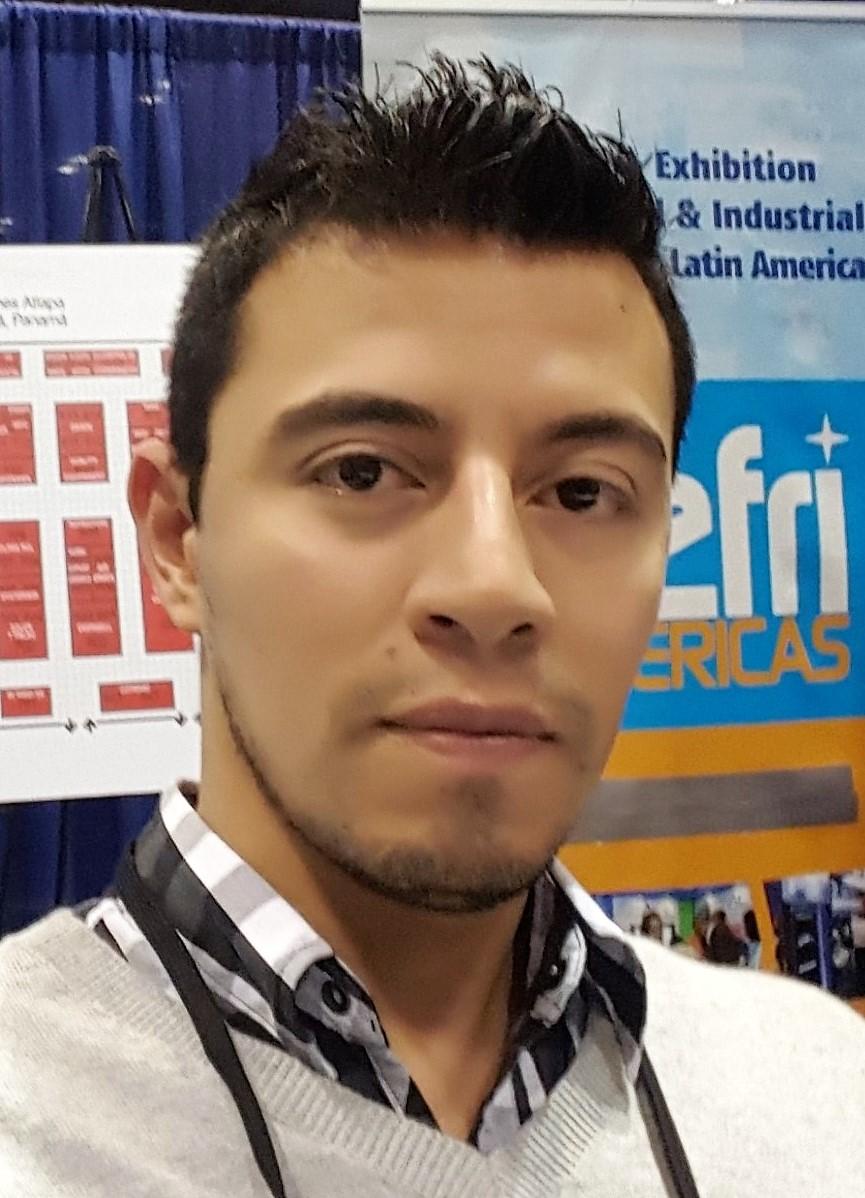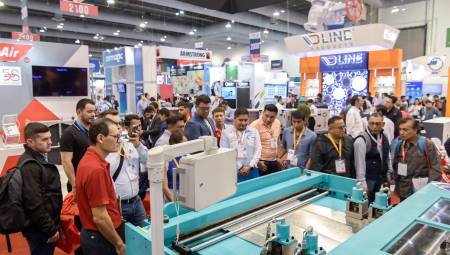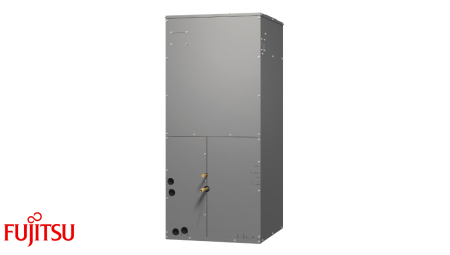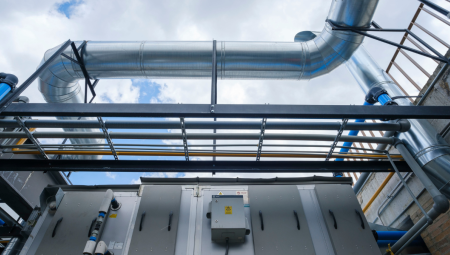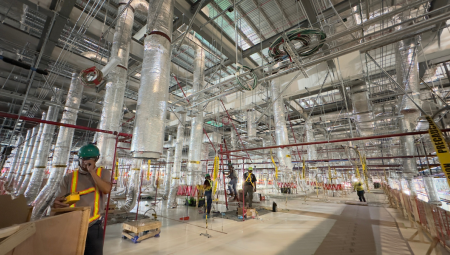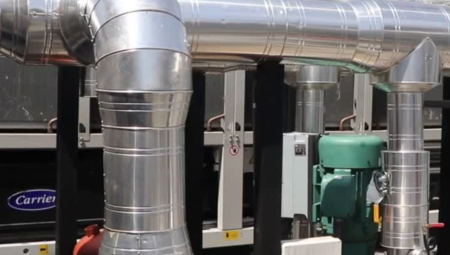 Analysis of the direct and indirect effect of refrigeration and air conditioning equipment on global warming.
Analysis of the direct and indirect effect of refrigeration and air conditioning equipment on global warming.
by Ernesto Sanguinetti*
Carbon Footprint: The "Carbon Footprint" is called an environmental indicator that aims to reflect the totality of greenhouse gases emitted by direct or indirect effect of a person, a company, an event, a machine or a product.
For each person, the carbon footprint is the amount of greenhouse gas emissions they produce when manufacturing or consuming a product or simply when performing their daily activities. It is the mark that each of us leaves as we pass through the planet. It is customary to express itself in tons of CO2 emitted.
The carbon footprint we leave to the planet depends on our habits in terms of energy consumption in all the activities we do: at home (appliances, lighting, computer, cell phone), in transport (fuel consumption of the car, motorcycle, bus; how many km and times we transport ourselves daily). It also depends on our consumption habits and waste that we leave (if we consume organic food, of national or imported production, if we are interested in the packaging, if we recycle, if we generate organic and inorganic garbage, if we throw the waste on the street or store it to deliver it to the waste collector of our commune or municipality).
In the case of people who are dedicated to refrigeration and air conditioning in addition to the above we have a greater responsibility because if we are not careful we will leave a greater carbon footprint because we can cause leaks of refrigerant fluids into the atmosphere, or when we do not perform maintenance of the equipment or when we do it wrong, or when we perform a miscalculation and under/oversize equipment; when we do not use the right tools/instruments, nor the right controls, when we do not choose the refrigerant with low GWP or GWP (in new equipment or in the change of refrigerant in existing equipment) and when we do not select an efficient equipment.
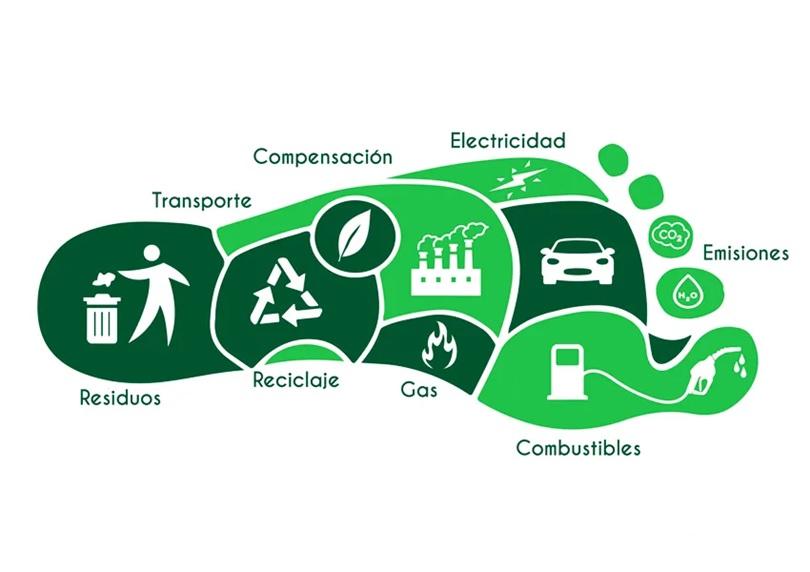
Figure 1.
To measure the carbon footprint, the term has been created: Global warming potential.
Global warming potential
The Global Warming Potential (GWP) is a relative measure of the warming effect that a gas produces when it is in the atmosphere. In English: Global Warming Potential (GWP).
The PCA indicates the amount of heat trapped by a ton of a gas that has escaped into the atmosphere relative to the amount of heat trapped by one ton of CO2 in the atmosphere over a given period of time.
CO2 was chosen as the reference gas, giving it as 1 the value of its GWP. The GWP of most HCFCs and HFCs is thousands of times higher than that of CO2. For example, HFC-134a or R-134a refrigerant has a GWP of 1430.
This means that the emission of 1 ton of HFC-134a refrigerant gas into the atmosphere would contribute to global warming as well as the emission of 1430 tons of CO2 emitted into the atmosphere.
For the same gas you can find different GWP values according to the publications and there are two main reasons for this:
a) PCA values can be defined to measure impact on different time scales: at 20, 100 or 500 years. This gives different PCA values for each of these time scales. Normally 100-year values are used.
b) The published GWP values have been updated several times in the last 20 years making increasingly accurate tests.
For mixtures the PCA is calculated by the weighted average of its components.
For example for R-404A which is a widely used mixture and is composed of:
52% HFC-143a + 44% HFC-125 + 4% HFC-134a
HFC-143a PCA is 4470; HFC-125 PCA is 3500; PCA is HFC-134a: 1430
With the above data: Mixture PCA = 52% x 4470 + 44% x 3500 + 4% x 1430 = 3922
Storage and working conditions of refrigerants
We are used to using ice mainly as a coolant that melts and its "residue" that is liquid water is not a problem, just as we are used to using liquid water that after fulfilling its function "heats up" and is not a problem either. In both cases it can be in contact with the environment and can even be re-used.
We are used to using air as a refrigerant that after fulfilling its function of cooling "heats up" and we have no problem. It can be re-used.
But the refrigerant fluids that are used in refrigeration equipment and also in air conditioning equipment have been manufactured to be confined all their lives in either of the two situations:
1.- Be confined inside metal containers as "compressed liquids".
They are manufactured, imported and ordered/sold as refrigerant gases but are actually pressurized liquids found inside the vessels. They must remain there until they are used.
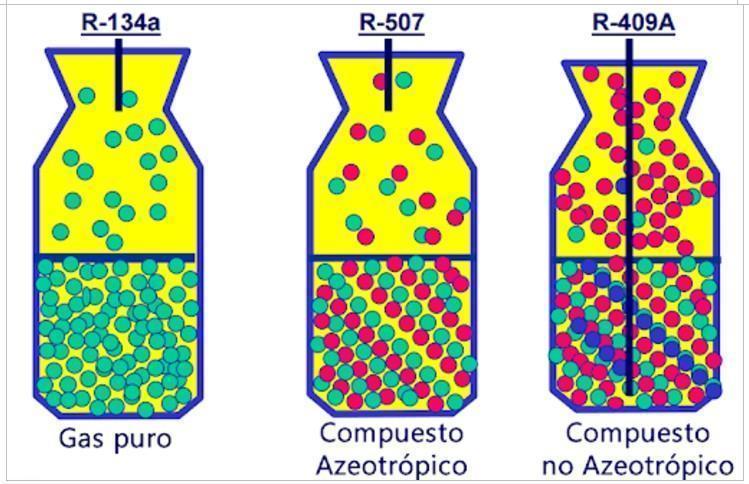
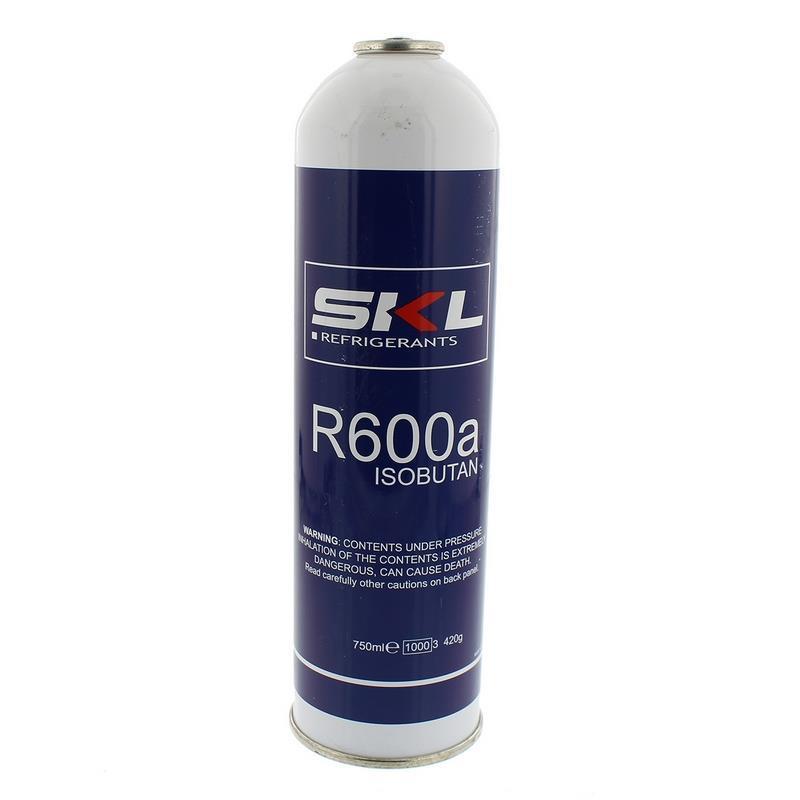
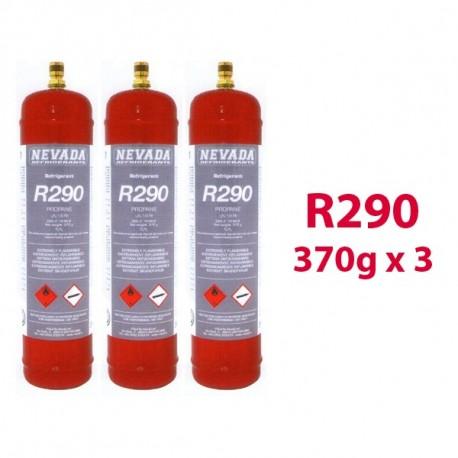
Figure 2a, 2b and 2c.
2.- Be confined in circulation or still within the circuit of a machine or refrigeration or air conditioning equipment.
It can be domestic, commercial or industrial application equipment but the small, medium or large refrigerant load that corresponds to it in each case must always remain within their respective circuits, whatever the refrigerant that is being used. This shows the closed circuits and the cycle they meet:
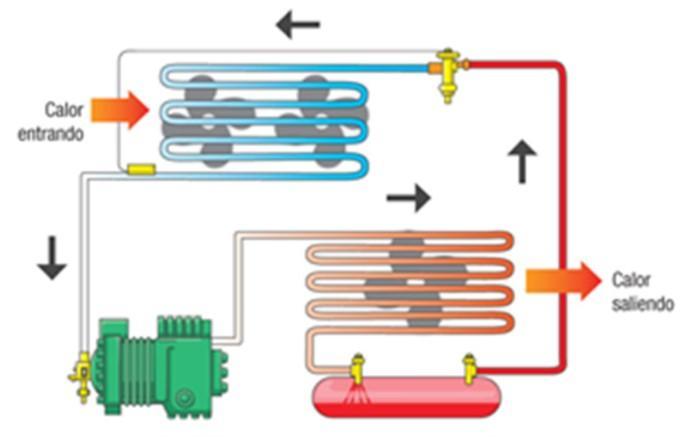
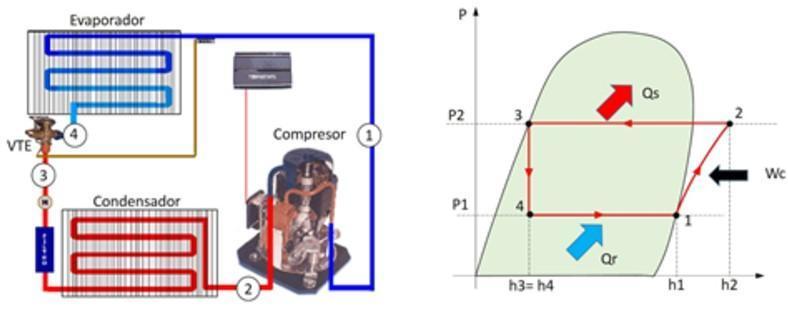
Figure 3a and 3b.
Direct and indirect effects
It must be taken into account that both a refrigeration equipment or an air conditioning equipment have to fulfill two important functions:
1.- Preserve food or provide comfort (comfort) to people.
2.- Do not produce or produce very few changes or damage to the environment.
The first function does not need further explanation because for this purpose the equipment was invented and is made. But the second function must not be forgotten and has become very important because if we do not have enough care we will be causing damage to the environment.
Damage can be caused by direct global warming and indirect global warming. The sum of both effects is called: Total Equivalent Warming Impact (TEWI):
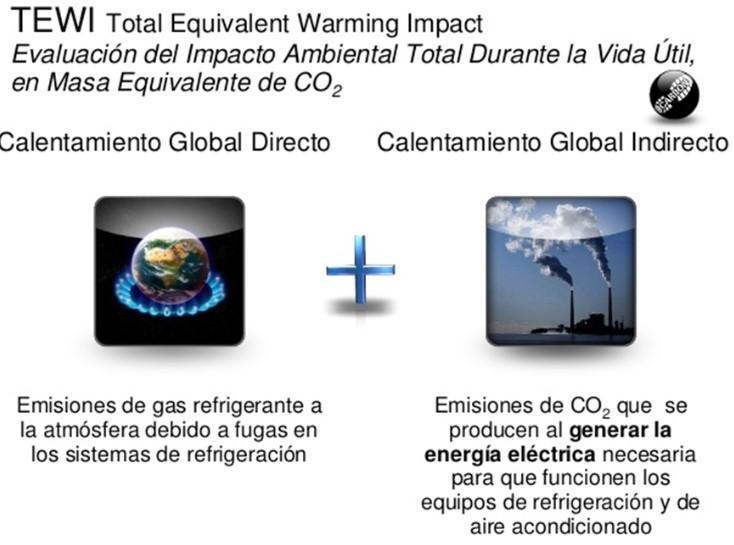
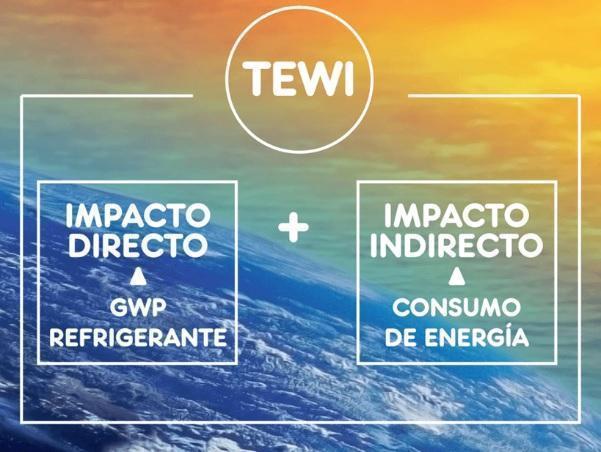
Figure 4a, 4b
Knowing these effects we are obliged to:
1.-Use the lowest possible refrigerant charge.
2.-Use good practices in the facilities to avoid and / or minimize refrigerant leaks (alarms).
3.-Use refrigerants with zero or very low GWP or GWP
4.-Use efficient equipment to consume less electricity from plants that generate electricity using fossil fuels.
5.-Seek, as far as possible, to connect to electricity generation plants that use renewable energy sources.
Graphically these two effects can be shown:
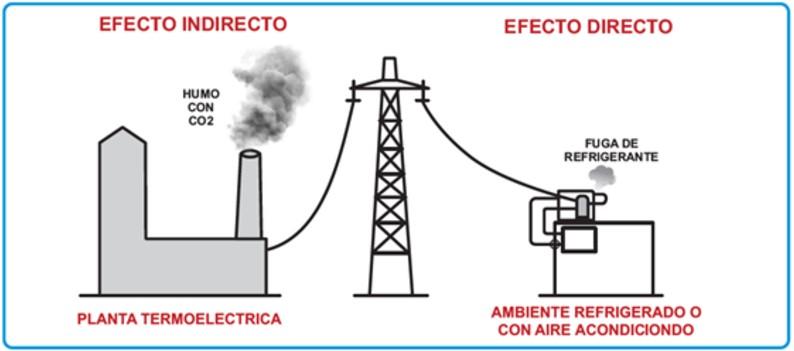
Figure 5.
Electric power generation plants
A.-There are plants that use non-renewable energy sources where there are those that use fossil fuels: coal, oil or natural gas so that through their combustion the energy is generated to drive a diesel engine or a water vapor turbine whose axes move the electricity generator. They are called thermoelectric plants.
The problem is that all combustion in addition to generating the heat that is used, generates the undesirable CO2 and also water vapor that through the chimneys take the "fumes" into the atmosphere.

Figure 6.
Diagrams of the Diesel and water steam turbine plants or thermoelectric plants are shown:

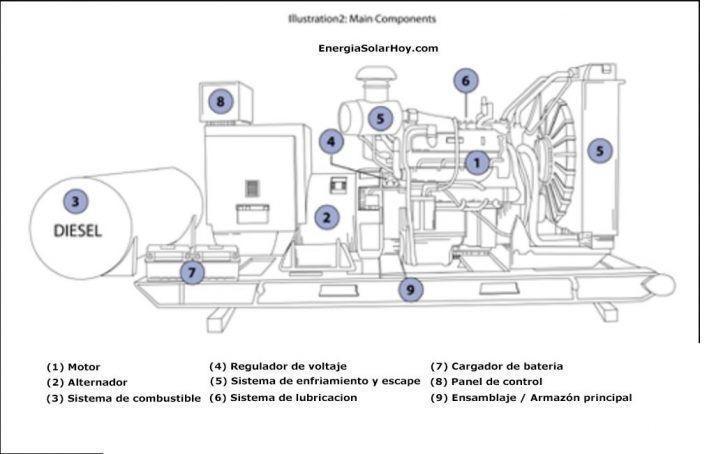
Figure 7a and 7b.
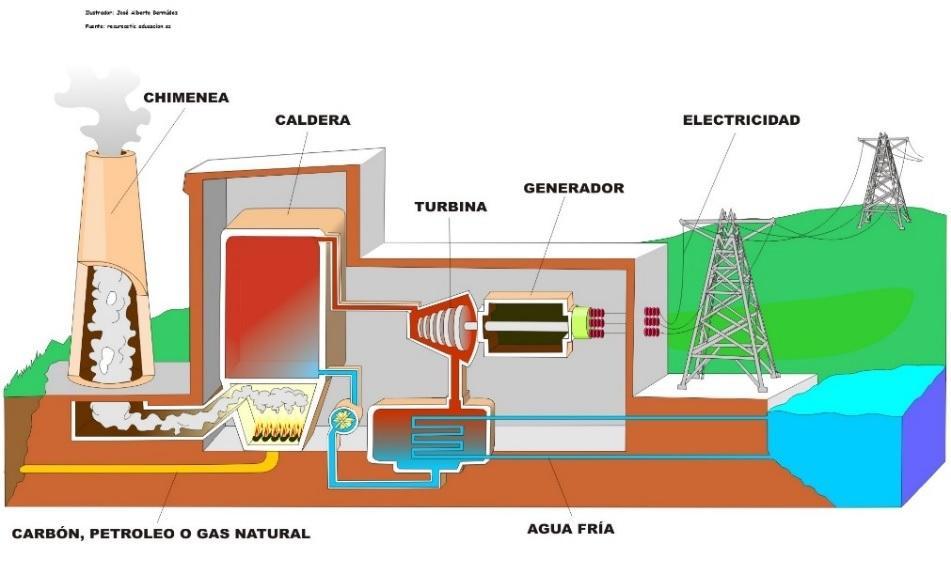
Figure 8.
B.- But there are also the plants that use renewable energy sources where there are those that use waterfalls (hydroelectric), the heat of the sun (solar), the wind (wind), the movement of the waves of the sea and some other sources that do not produce environmental pollution to drive the generator of electricity.
A lot of work is being done on this type of power plant and great advances are being made as solutions to reduce pollution of the atmosphere of our planet.
Diagrams of this type of power plants are shown:
Hydroelectric power plants:
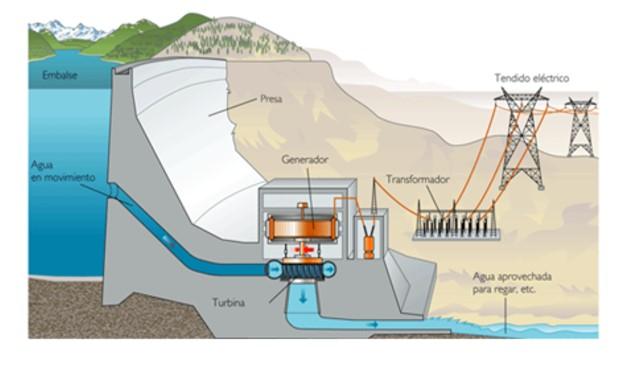
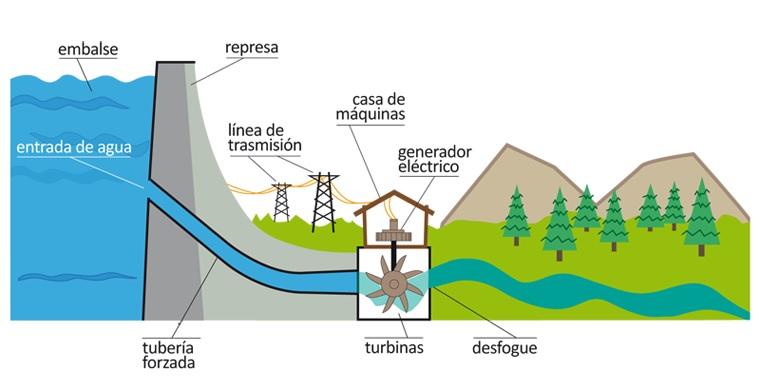
Figure 9a, 9b
Solar power plant:
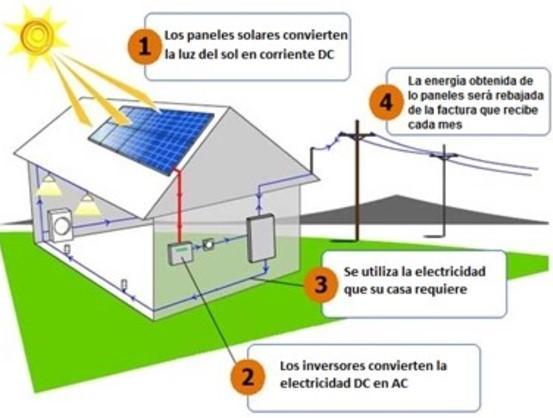
Figure 10.
Wind or wind power plant:
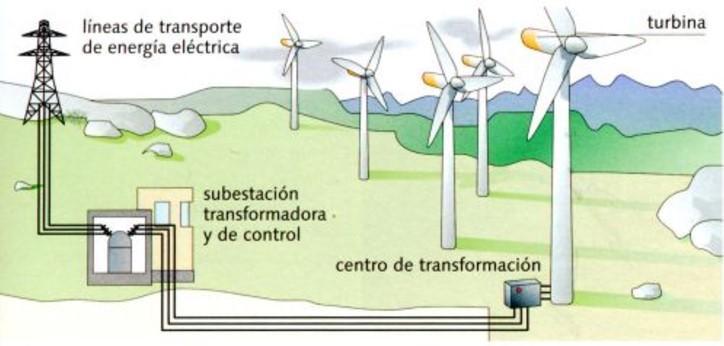
Figure 11.
Refrigerant leaks
They occur under various circumstances and we will list some. Leaks can be intentional or fortuitous:
Intentional
- Cut the pipes so that the coolant escapes and change a component of the circuit. Do not use recuperator.
- Open service valves so that all the coolant escapes. Do not use refrigerant recuperator.
- Use short or long service/load hoses without shut-off valves. The "purges" to the environment.
- Intentional use of refrigerant to pressurize systems, to detect leaks, circuit cleaning and others.
Fortuitous
- Mismatch of nuts or cracks of pipes due to vibrations.
- Packaging that yields to the pressure of the refrigerant or is "loosened" by vibrations.
- Rupture of pipes due to fall of some tool, support, ladder, oxidation / corrosion.
- Other non-controllable reasons.
Conclusion
As far as possible we must control and improve our calculations, our procedures as well as look for environmentally friendly energy sources to minimize and if possible eliminate the direct and indirect effects that produce damage to our atmosphere.
 *Eng. Ernesto Sanguinetti, Manager of the Engineering Division of Cold Import – Peru. You can be contacted by email: [email protected]
*Eng. Ernesto Sanguinetti, Manager of the Engineering Division of Cold Import – Peru. You can be contacted by email: [email protected]


